Located in Sol Street at Pedro Albizu Campos’ last stand, St. Germain Bistro & Café, is a creative jewel in the heart of Old San Juan.
St. Germain Bistro & Café opened in December 16, 2006 and is located in the first floor of 156 Sol Street, where the Puerto Rico Nationalist Party Headquarters (PNPR by its Spanish initials) used to be at. Since then, we have been serving quality food in a fresh and creative way. Interpretations of international flavors in our own salads and sandwiches are our strongest territory.
With a Fresh Country Style interior design marked with the Spanish colonial architecture of our building, we make our own tribute to the exquisite simplicity of French cuisine fusing it with international flavors and fresh ingredients.
HISTORY OF OUR BUILDING
Our building is one of the most emblematic buildings in Old San Juan. The first floor, where our restaurant is located, used to harbor the PNPR founded on 1922 by attorney José Coll y Cuchí to work for Puerto Rico’s independence. Coll y Cuchí was son of the historian Cayetano Coll y Toste, who was named Official Historian of Puerto Rico in 1913.
In 1930 attorney Pedro Albizu Campos was selected President and lived on the second floor where the cocktail bar The Mezzanine at St. Germain is at today. By then, the members of the organization were victims of political persecution by the US government. In 1936, Albizu Campos and PNPR executives were imprisoned. After 10 years in prison, he came back to Puerto Rico and started once again working towards the independence of his country.
In 1950, our building was surrounded by the Police and National Guard. During the next 2 days they bombed with tear gas and carried out shootings until Albizu Campos and his followers inside couldn’t resist the gases anymore and surrendered.
A BIT MORE ABOUT ALBIZU
Pedro Albizu Campos (aka. El Maestro, Don Pedro & El Último Libertador de América) was born in June 29, 1891 in Ponce and died in San Juan in April 21, 1965 at the age of 73. He studied Law in Harvard University and Engineering in the University of Vermont.
As leader of PNPR, El Maestro was considered responsible for all nationalist attempts and/or attacks, including the attack on President Harry S. Truman in 1950. He was pardoned by Governor Luis Muñoz Marín in 1953, but after an attack to the United States House of Representatives in 1954, the pardon was revoked.
While in jail after 1950, Albizu Campos started getting sick, because he was subject to radiation experiments according to himself. People started to speculate about his mental health and he suffered a stroke in 1956. Dr. Orlando Damuy, President of the Cancer Association of Cuba, came to Puerto Rico to do a check on him. Dr. Damuy concluded the burns in Albizu Campos’ body were due to intense radiation.
Governor Luis Muñoz Marín pardoned Albizu Campos once again on 1964.
In 1994, President Bill Clinton Administration acknowledged the radiation experiments without consent in humans, specifically in prisoners, during the 1950s-1970s.
El Maestro is still the most prominent figure for Puerto Rico’s fight for independence. Don Pedro remains rest in Santa María Magdalena de Pazzis Cemetery in Old San Juan. The burial of El Último Libertador de América remains as one of the most attended in the history of Puerto Rico.

